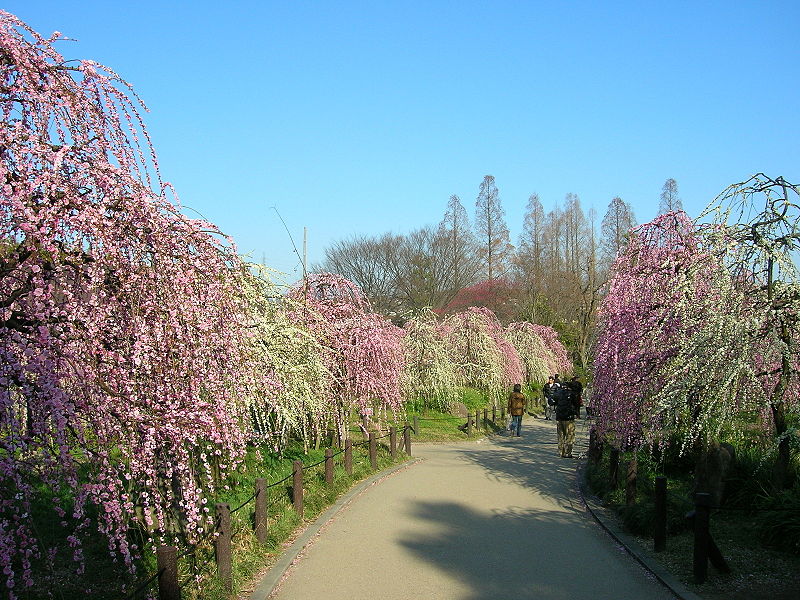[printfriendly]
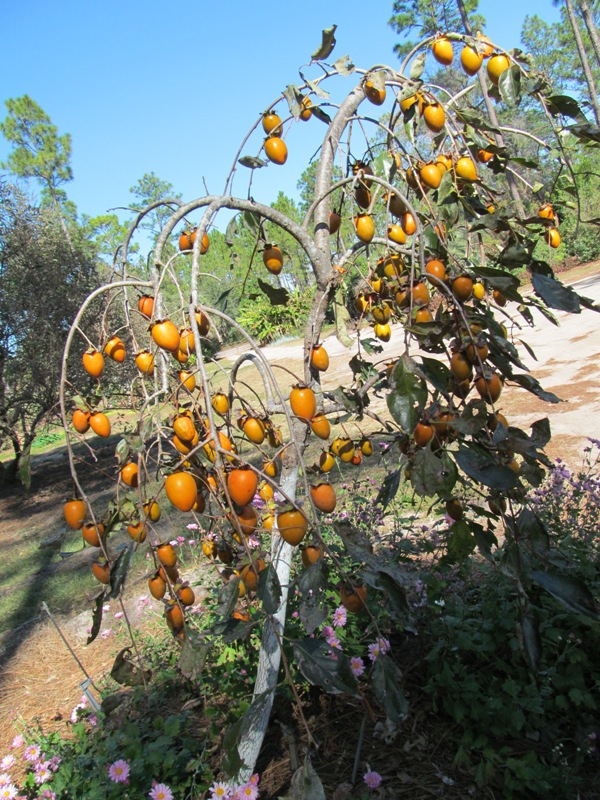
Of all the facets of plants in the landscape; color, texture, scent, one of the most interesting is form. From creeping ground covers to soaring trees, the shapes and forms of plants are vital to setting the mood and tone of the landscape. We’re all too familiar with the cookie-cutter look of the typical suburban landscape. Selecting plants with exciting forms can set your yard apart and make it uniquely yours. One of the most dramatic and beautiful of plant forms is that of the weeping plants.
Although northern gardeners do have a broader range of these beauties to play with, we in North Florida and South Georgia still have a great selection to choose from. When people think of weeping trees, the willow (Salix babylonica) is usually the first that comes to mind. Wispy and restful, the willows soft textured foliage brings a peaceful feeling to the garden that surrounds them. For a more off beat look try weeping mulberry (Morus spp.). It’s small, gnarled form makes a unique specimen in the winter garden,when many landscapes are barren and suffering the winter blahs and the fruit are delicious drawing wild life and small children.
Another great plant in this dramatic group is the weeping yaupon (Ilex vomitoria Pendula). It’s tiny, evergreen leaves and tight cascading shape are truly unique. Winter brings a show of bright red berries that birds love. If you need so hot summer color try a weeping bottle brush, their vivid red flowers are a show stopper and the blooms are one of the best pollinator and humming bird magnets.
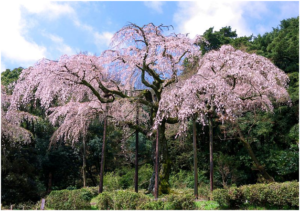
For a breathtaking spring color show, nothing rivals weeping Plum, Peach or Apricot. Small by nature, they fit well in tight yards and patio settings. Most bloom before the leaves emerge, outlining their forms in a cloud of color. These trees do require a certain amount of winter chill, so be sure you get varieties that will do well in your area. Other fruiting weepers are weeping persimmon, a colorful show in fall with their brightly colored deliciously sweet fruit.

Another fun technique is to train vines into small cascading specimen trees. Most any of the vining plants are easily trained to a standard form by simply choosing a strong stem and training it up a sturdy tall stake. Pinch the top back when it reaches the top of the stake. As the canopy forms, prune frequently to maintain a tree-like shape. Some of the best vines for this project are wisteria (Wisteria sinensis), bunch grape (Vinefera spp.), honeysuckles (Lonicera spp.) and passion vines (Passiflora spp.). Small space gardeners or apartment dwellers can enjoy these plants by using them as an accent or patio plants in containers. Great choices for container gardeners are standard roses, mandevilla (Pentalinon spp.), and parlor maple (Abutilon) which offer a non-stop color show throughout the summer season.
A weeping tree can be a great addition to the garden. As a centerpiece specimen or unexpected accent, a weeper is guaranteed to bring drama to your landscape.
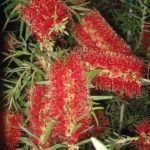 |
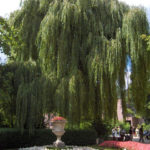 |
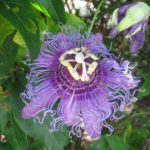 |
 |
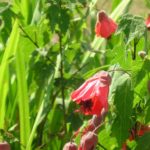 |
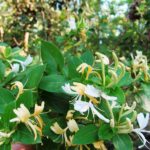
|
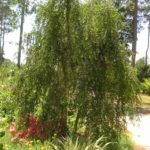 |
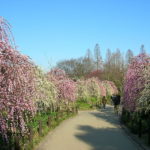 |
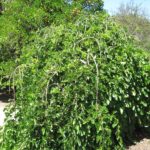 |

